Every once in a while a painting captures my attention and I can’t let it go until I look at every little pixel and spend time pondering over what it is that makes it captivating. I can’t say what it is. It’s happened this year with Klimt, Monet, Van Gogh, Bouguereau, Waterhouse…. and most recently this gorgeous painting by William McGregor Paxton titled Bellissima.
I love the palette and the beauty of the subject, but beyond that I love the stylistic and artistic decisions that Paxton made. If you’re interested, I’d like to write about some of those that stand out to me.
Above is a close up of the head. Look at the wonderful range of edges. The way he added texture to the base of the neck and then softened that edge as it moves down from the hairline. Then the hard edge of the chin and the slight increase of chroma to increase the contrast of the less saturated, dark shadow on the neck. I love how he let the shadow just to the right of the mouth blend into the background. The way he let the hair over the cheek transition softly into the skin with a punch of higher chroma but then right over the temple adds a harder edge to the hair. The eye on the right disappears into the shadow, as do the lips as they roll into the shadow side.
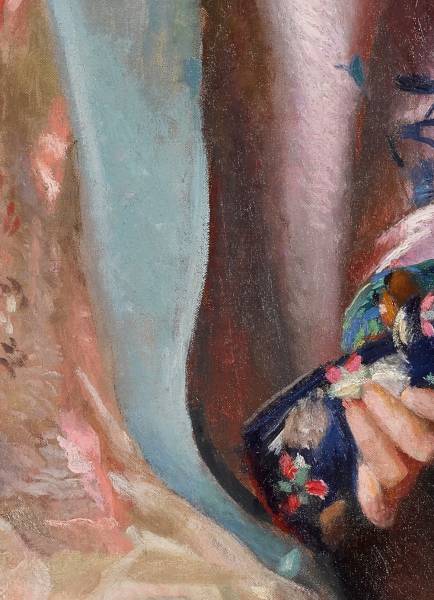
One more crop. What do you see here that stands out to you? Look at the different colors in the shadows and note where Paxton decided to make a hard edge vs soft. Are there elements of the painting that you think you would want to add to your own works? I find myself moving from one element to the next and asking how I might improve my own current painting or maybe take my work in another direction.
I can’t believe this post brings us to the end of 2021. Onto 2022! A whole new year of possibilities! What are your goals for this year and how can you best accomplish all that hope this year holds in store for you? All the best to you and aim high… a little higher! Let your hopes pair with your ambition and prepare to celebrate your successes and learn from your defeats. Together they serve our growth as artists! Carpe annum! 🙂
Thank you,
Howard



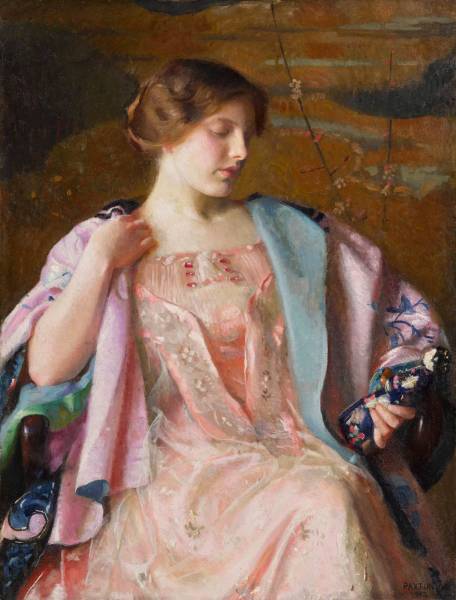
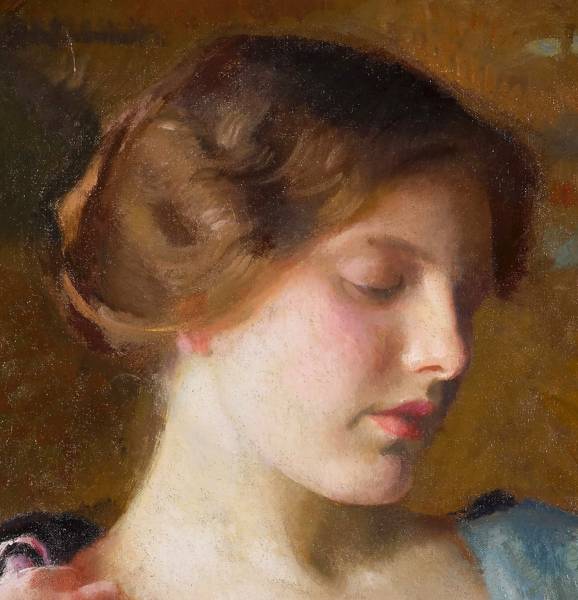
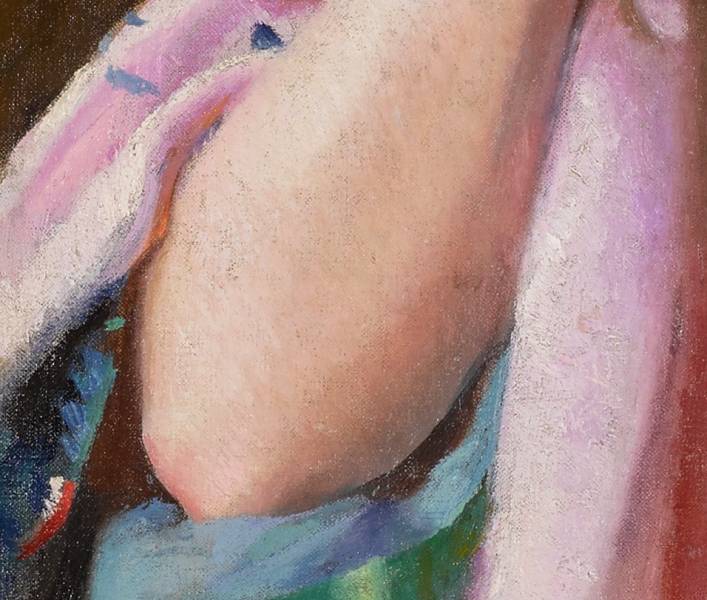
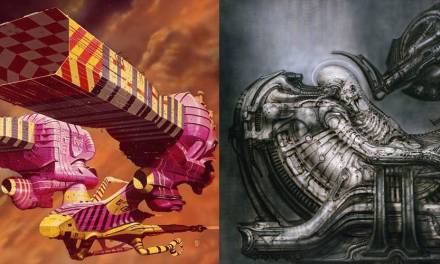
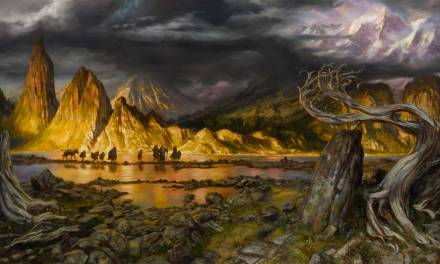
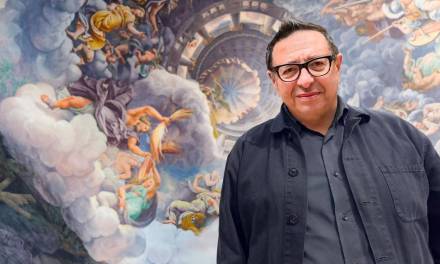
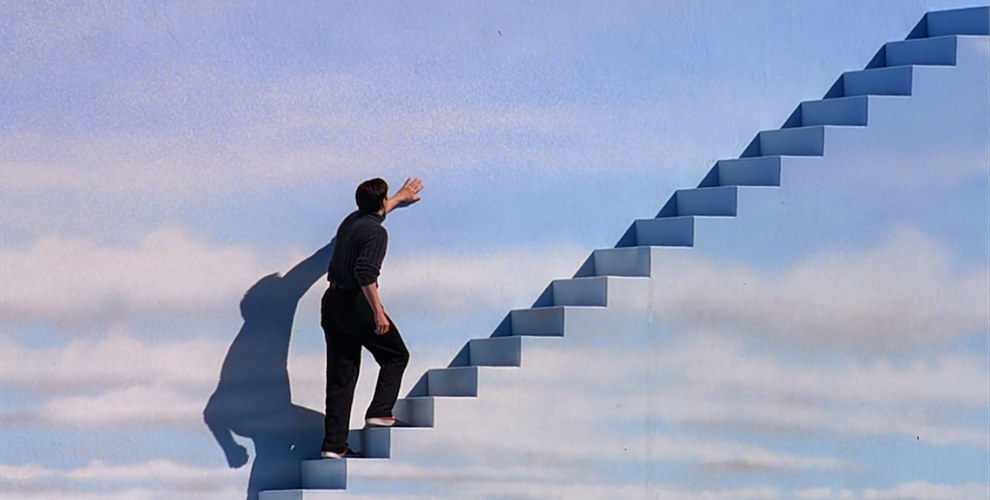

I’m always intrigued by your analysis of paint quality and choices that artists, like Paxton, make in the moment. My question for you is how much analysis do you think these artists work through or is it more intuitive? I think it was Carolus-Duran that taught “putting down the perfect touch” and not fussing over it afterward. Perhaps his most famous student was a young J S Sargent and we all know his brilliance of that practice…if something wasn’t right it was often scraped down and repainted and not fussed over. That seems to indicate that some judgement was made after the touch.
Your comment about the “bright red” in the shadow of the finger reminds me of Sargent’s painting of Betty Wertheimer and his choice of putting pure cadmium scarlet on inside shadow of her arm. I often wonder if I would have the courage to paint it like that even if I saw it that way.
Thanks again Howard for taking the time to share your thoughts.